In the heart of Southeast Asia lies Myanmar, a country grappling with political turmoil and social unrest. Amidst the chaos, a glimmer of hope emerged for its youth through educational scholarships funded by the United States Agency for International Development (USAID).
The story begins with Dee, a brave 27-year-old student from Myanmar who dared to challenge her country’s oppressive military regime. After participating in protests following a coup, Dee faced imminent danger and fled to Thailand. Her aspirations of becoming a chief financial officer seemed shattered until she received a lifeline – the Diversity and Inclusion Scholarship Program (DISP).
“I don’t know how I will survive this,”
DISP aimed to support marginalized students like Dee by providing opportunities to study abroad in countries like Cambodia, Indonesia, and Thailand. However, this ray of hope was short-lived as the Trump administration decided to slash funding for such programs.
The abrupt termination of DISP not only jeopardized Dee’s education but also left hundreds of other students in limbo. The impact rippled beyond individual aspirations, affecting the broader landscape of education in conflict-ridden Myanmar.
Amid escalating violence and airstrikes on schools by the military junta, education became both a battleground and a beacon of resilience for Myanmar’s youth. The coup heightened tensions surrounding ethnic minority languages and cultural autonomy within the education system.
As USAID programs faced severe cutbacks under Trump’s administration, humanitarian crises intensified worldwide. The repercussions were dire – from compromised healthcare to disrupted refugee resettlement efforts. Education stood as one pillar holding up crumbling hopes in regions engulfed by conflict.
“Education is also a revolution, a peacebuilding process.”
Parallel education systems sprang up in defiance against oppressive forces, offering sanctuary for those seeking knowledge amidst chaos. Schools became not just centers of learning but symbols of resistance against tyranny.
Kayah state illustrated the struggles faced by young learners amid armed conflicts: inadequate resources, teacher shortages, and constant threats to safety. Despite these challenges, educators persevered because they understood that education was not just about imparting knowledge; it was about shaping futures free from fear.
For students like Dee and many others affected by aid cuts, education wasn’t merely about degrees or careers—it was their lifeline amidst uncertainty. Their stories echoed cries for justice and access to learning opportunities irrespective of political agendas.
As uncertainties loomed over the fate of displaced students post-aid cuts, the burden shifted to host universities and new benefactors to secure their academic journeys. Without continued support, these scholars risked losing more than just their visas; they faced erasure from educational landscapes they fought so hard to be part of.
Dee encapsulated this sentiment poignantly when she expressed that “education is the last hope for many people in Myanmar.” Her words echoed sentiments shared by countless individuals whose dreams hung precariously on fraying threads amid geopolitical turmoil.
In conclusion…


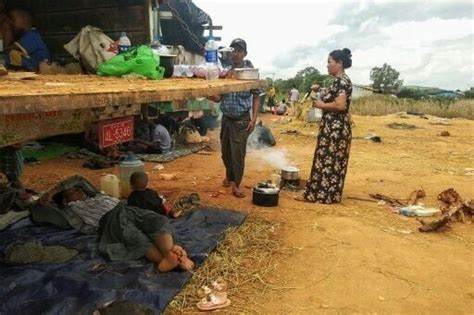
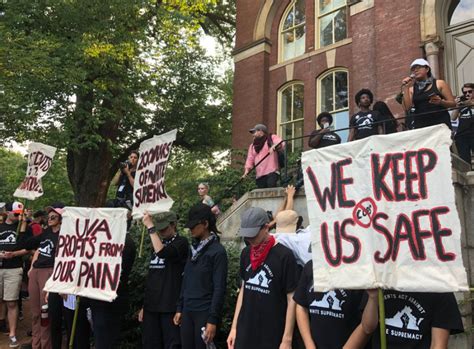
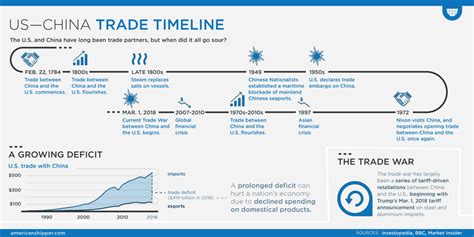
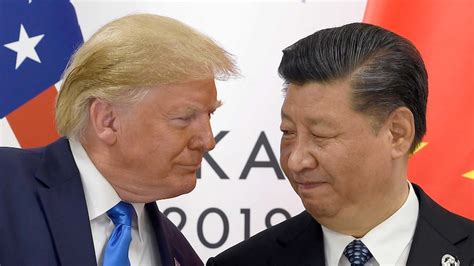

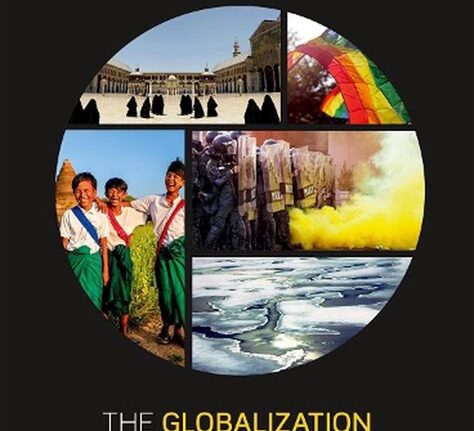
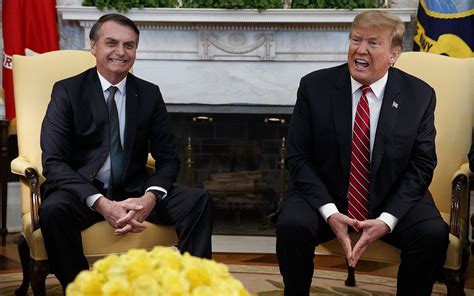
Leave feedback about this